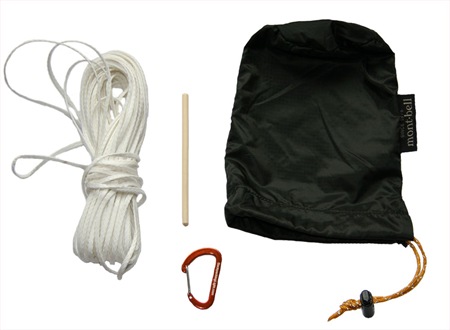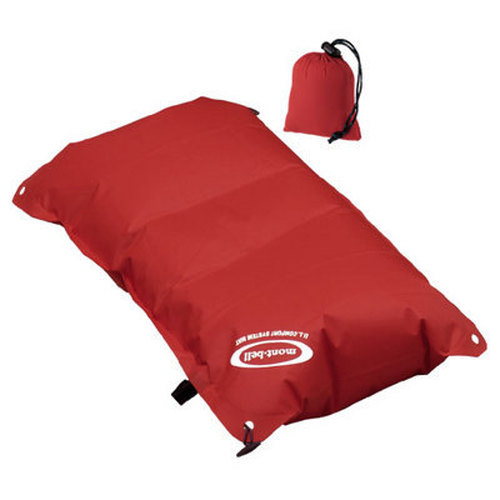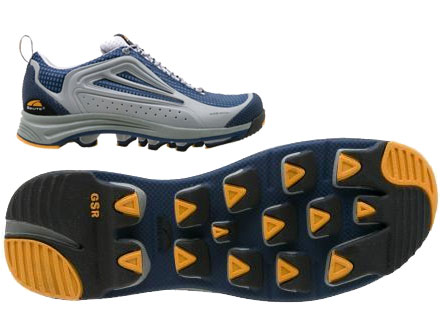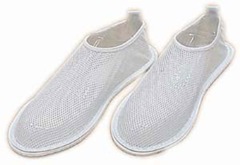Earlier this year I looked into Ultralight GPS Units. I ended up trying out the Garmin Forerunner 405, but wasn't thrilled with it. I liked the watch form-factor, but it was clunky to use and was missing an Altimeter. It also came with a weird USB-cable which made field-charging it somewhat difficult.
In the end, I decided a basic GPS logger is all I needed. A GPS logger will record waypoints – show basic lat|long information on a screen and they usually run on easily field-replaceable batteries. It doesn't come with a fancy color screen and map data like the traditional GPS units.
The Easy Showily , as awkward as the name might be – came up trumps. This is a deceptively excellent device.

First and foremost – the device is incredibly small and light – weighing in at 1.3 oz without batteries.
Secondly – it has amazing battery life. I used AAA Energizer Lithium Batteries and got over 20 hours of logging-time per pair. A pair weighs in at 0.3 oz.
Digging a little deeper – the cap comes off and reveals a USB plug. The device is elegantly simple – in that it does not require drivers or special software to operate. The USB connection exposes a typical thumb-drive (albeit with a meagre 5Mb of storage), and as the GPS unit logs data, it simply writes the way points to a file on the drive.
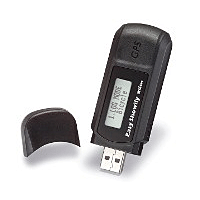
When you insert the device into a PC, windows detects it as a Thumb Drive and auto-runs the Win_Tool.exe application installed on the thumb drive. This application proceeds to unpack the data file into many different formats – a GPX file – the most common GPS exchange file format, and a collection of HTML and Javascript files that it then proceed to open a browser on – which uses Google Maps to display your way-points. I get all the benefits of Google Maps terrain data without needing to install special mapping software on my machine.

A side-bar allows you to show each GPS ˜track' (a collection of way points), and overlay other information – such as ˜push-pin' data, direction, speed etc.
Ideal for multi-day trips, the Easily Showily can store almost 100,000 way points. When logging aggressively – as a way-point every 10 seconds – that's over 23days of continuous data assuming 12 hrs of hiking a day!
It's chocked full of other features like power-saving shake-activated mode, photo-location-tagging software, multiple recording modes (bike, walk, run, car etc) and more.
Costs about $99 from ˜Buy GPS Now'.
And the point of carrying a GPS? So I can easily crank out maps like this one of our Pasayten Trip.

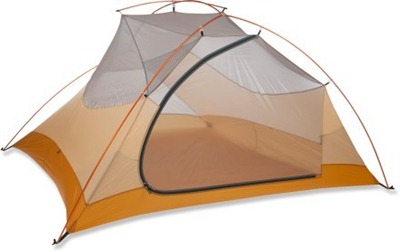



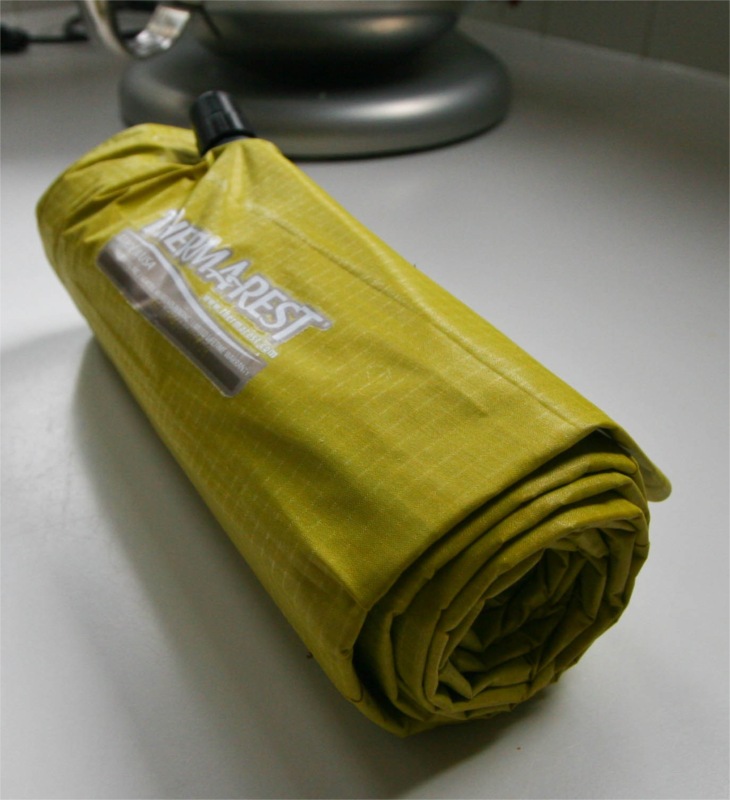
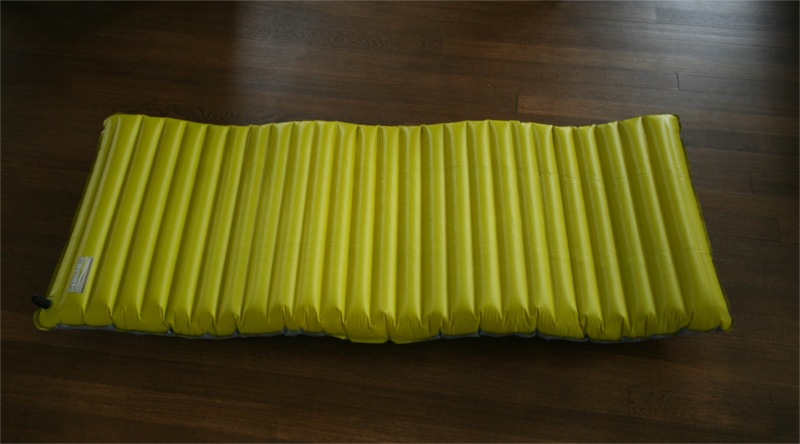








 Cons:
Cons:  One thing that caught my eye was some crazy small and light tent pegs.
One thing that caught my eye was some crazy small and light tent pegs.
